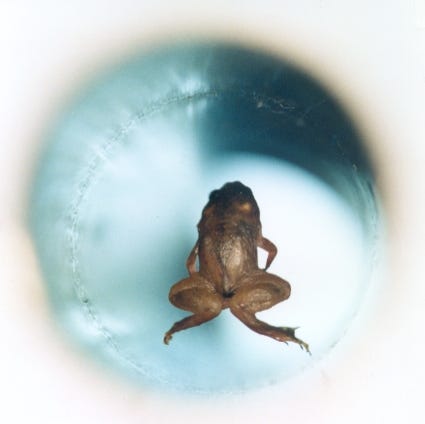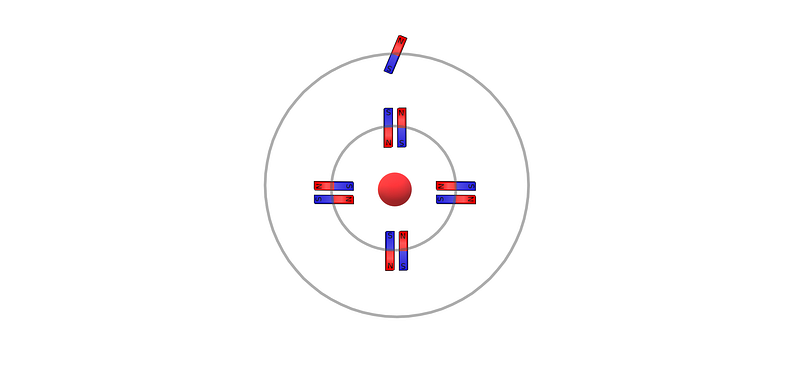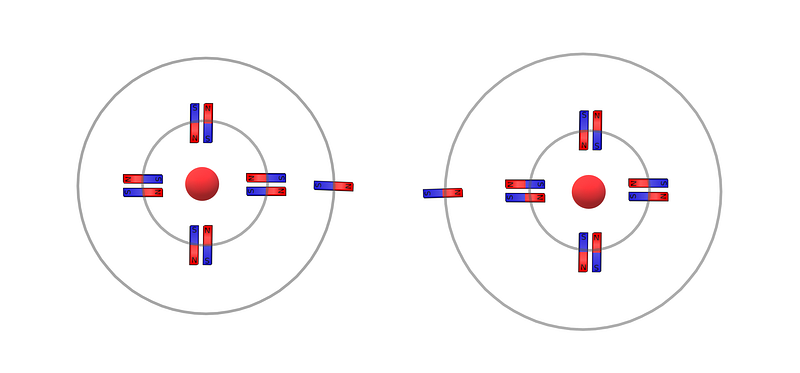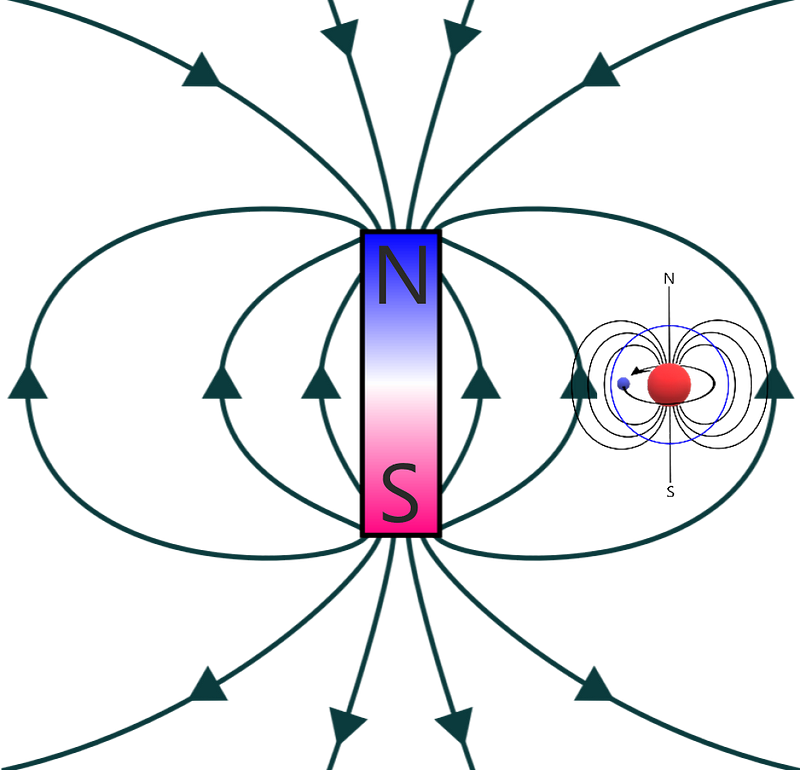Anti-Gravity Frog: The Science Behind Levitation in 1997
Written on
Chapter 1: The Levitation Phenomenon
In 1997, an extraordinary event took place that challenged our understanding of gravity. One lucky frog found itself floating in mid-air, thanks to a groundbreaking experiment conducted by scientist Andre Geim. Unlike traditional flying methods, this frog's levitation was achieved without the aid of planes or jetpacks, allowing it to float freely in a chamber.
Geim's experiment utilized a unique setup known as a Bitter Solenoid, which generates intense magnetic fields. To put its strength into perspective, consider these comparisons: Earth's magnetic field is around 30 microteslas (0.00003 Tesla), a typical refrigerator magnet measures 0.001 Tesla, and a powerful neodymium magnet can reach up to 1.4 Tesla. In contrast, the Bitter Solenoid chamber produced a staggering 16 Tesla—16,000 times more powerful than a standard fridge magnet.
This incredible setup consisted of a small chamber with a diameter of just 3.2 cm, designed to create a magnetic field that was strongest at the bottom and sides. When the frog was placed in the center, it was able to levitate effortlessly.

Chapter 2: The Mechanism of Levitation
You might assume that the frog had magnets embedded in it, but that wasn't the case. If magnets had been used, the frog would have been thrown onto its back and likely harmed. Instead, the frog's ability to float was attributed to a phenomenon known as diamagnetism.
Materials exhibit three types of magnetism: ferromagnetism, paramagnetism, and diamagnetism. The magnetic properties of a material depend on its electron configuration. Electrons not only carry a charge but also act like tiny magnets, each possessing a north and south pole. The concept of electron spin plays a crucial role in determining these properties.
Ferromagnetic materials have an unpaired electron that creates a magnetic moment, allowing them to attract to magnets. Conversely, diamagnetic materials, like the frog, contain paired electrons that render them magnetically neutral.

When the frog was subjected to the powerful magnetic field, its electrons began to behave differently. In a diamagnetic atom, the electrons can induce a current, aligning themselves in a specific direction. This induced current creates a magnetic field that opposes the external magnetic force, effectively allowing the frog to float without feeling any weight.

Chapter 3: The Implications of Zero-Gravity Research
The implications of this experiment extend beyond mere curiosity. By utilizing chambers like the Bitter Solenoid, researchers can conduct experiments that mimic zero-gravity conditions on Earth. This opens up a realm of possibilities for understanding how various biological and physical processes occur in space.
For instance, scientists can explore questions such as the viability of sperm and fertilization in a zero-gravity environment, the growth of crops, and the behavior of crystals. These investigations are essential for future space colonization efforts, and thanks to this innovative chamber, researchers can conduct such studies without the exorbitant costs associated with a space station.

Chapter 4: Human Levitation: A Future Possibility?
While the concept of weightlessness is fascinating, the idea of humans experiencing levitation remains a challenge. To achieve this, one would need an extraordinarily powerful magnet. Estimates suggest that to levitate an average person, a magnetic field of over 70 Tesla would be required, covering a distance of two meters. This immense power translates to tens of megawatts, making human levitation an impractical reality with current technology.

Although the dream of weightless chambers for humans may seem out of reach, the potential for future advancements is exciting. With sufficient resources, it might one day be possible to create a levitation chamber, allowing individuals to experience the same wondrous sensation as the tiny frog that defied gravity.